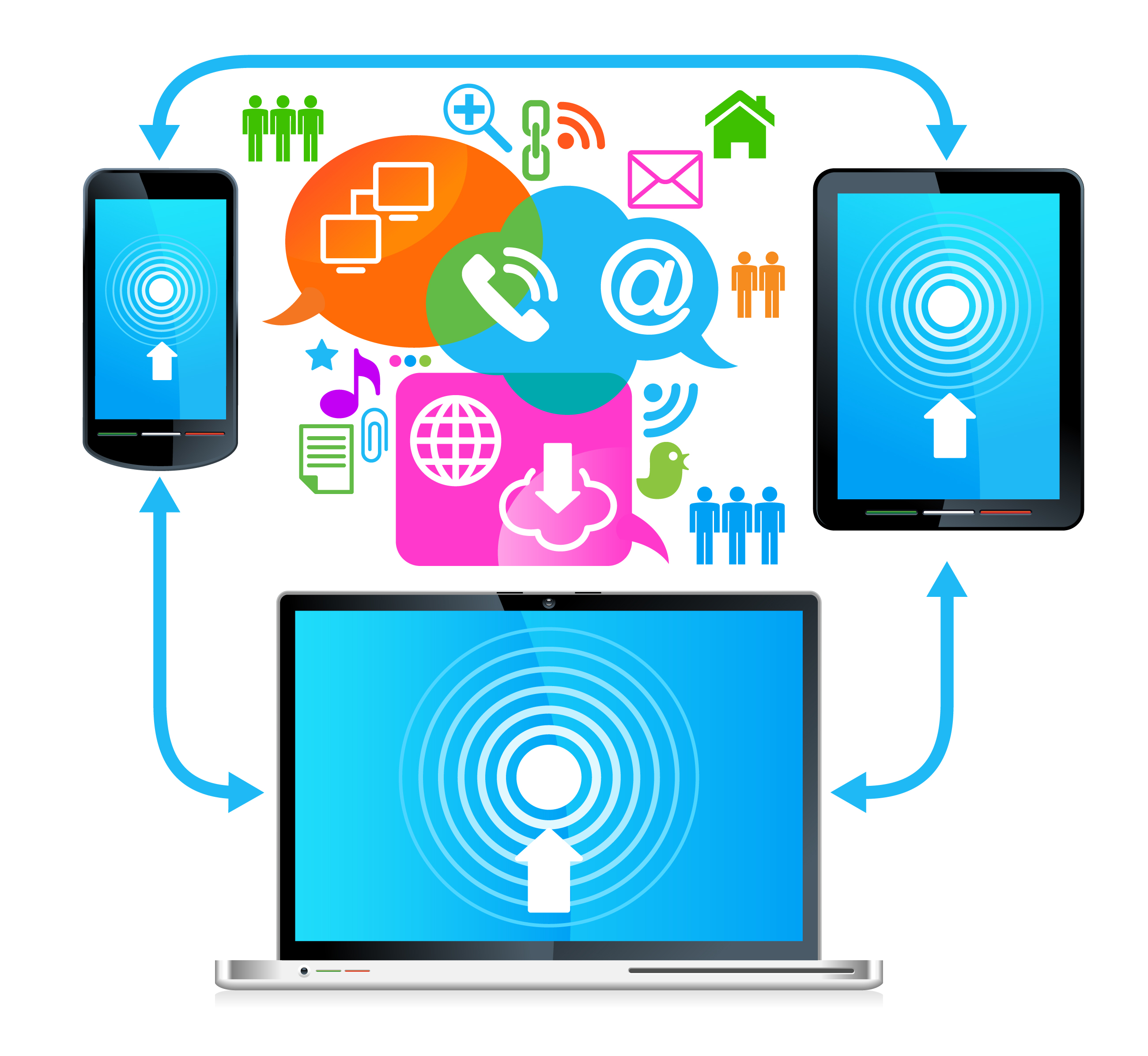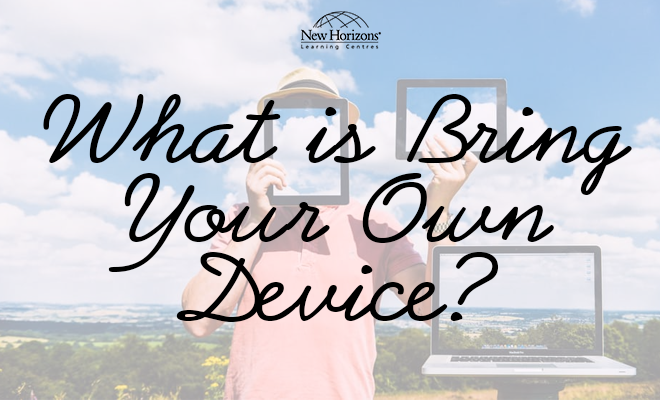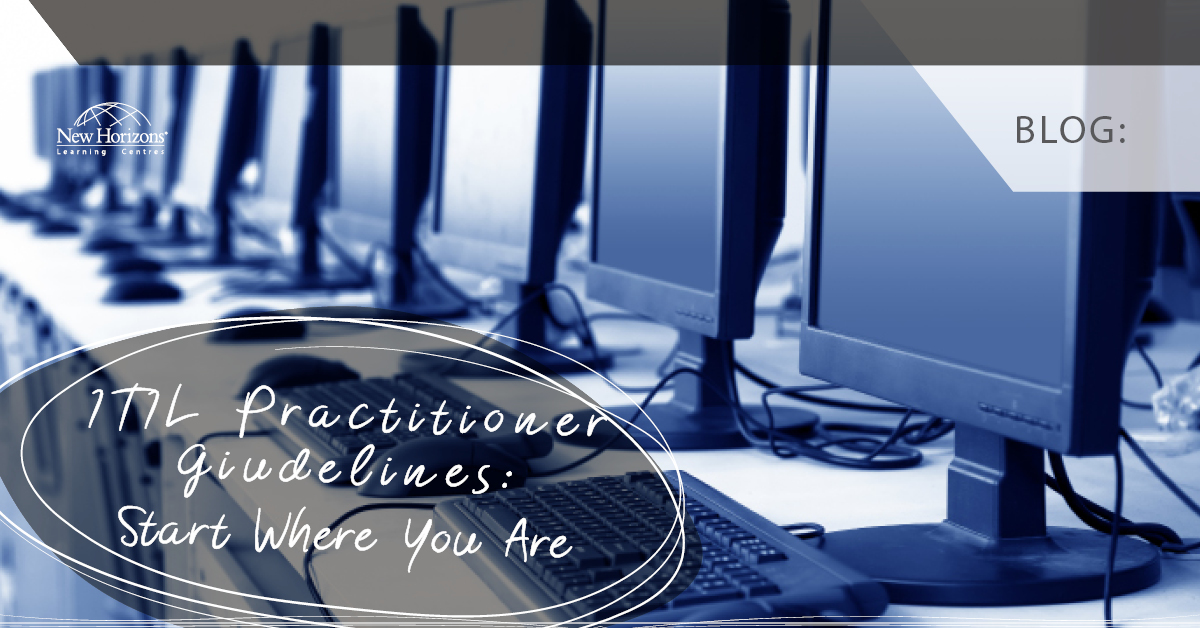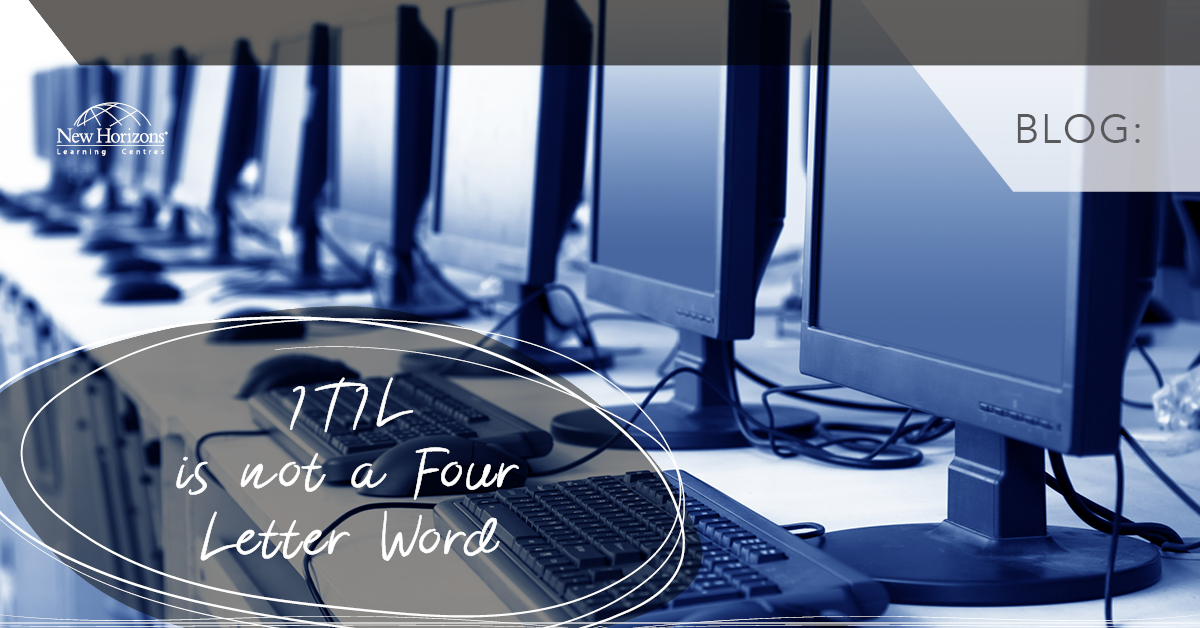
Jan 31, 2017
Bring Your Own Device or BYOD, the new trend that is being embraced by the workplace, is defined as "allowing the employees to bring their own devices to the business", the most popular choice is a smartphone, however, tablets laptops and external USB drives can be added to the list.
From a Cyber Resilience perspective, employers need to consider the impact of allowing these BYOD devices into the organisation, and how their usage will affect the organisations’ interests. So, any organisation needs to analyse the impact of allowing ‘external’ devices in. The perspective may differ in various sectors of employment, e.g. Government departments may have differing structures to commercial organisations to achieve cyber resilience.
It is important to construct a well-managed BYOD practice. This can and will save money. The benefits to organisations include would be:
- Productivity gains through an empowered mobile workforce
- It will enable remote working and flexible working
- Assisting in purchase plans for mobile devices will lower/offset the cost of ownership of devices
- Home working will reduce the level of physical office space required
- Improving service continuity through the ability to work anywhere in the event of workplace disasters
In order to countenance the issues that BYOD may bring, it is important incorporate BYOD policies into the organisation. Resilia™/ITIL® frameworks will assist in formulating these policies. The policies would take into account some of the following:
- The integration of employee devices into the business environment
- The ability to manage the various operating systems and platforms
- The ability to integrate BYOD with cloud providers of corporate services
- How much restriction of access to corporate information should be allowed on personal devices versus how much access is required to be functional.
- Legal and regulatory requirements
- Respecting the privacy of personal data on a user’s device
- The ability to monitor inappropriate content on a personal device in the workplace
- Managing service changes across an array rapidly changing range of personal devices
- Dealing with mobility computing in organizations that use contract and part-time workers
- Making sure the device is used in a way that supports business objectives
- How security policies will be rolled out
- Whether or not an employer is willing to subsidise costs for a personal device
- What data usage is going to be allowed?
As can be seen from the potential list of risks and concerns, there are many. The introduction of BYOD can be fraught with challenges, however, allowing workers to have their own devices can have positive attributes and careful thought out policies that will assist in a happier work force that know how their own devices work.
For more information, take a look at our Process Management training courses.

How do your Excel skills stack up?
Test NowNext up:
- Introducing the Query Store
- Restoring the model database in SQL Server
- A good presentation is not about you
- Custom AutoCorrect entries in Microsoft Office
- Master Document in Word – Part 3
- Nintex: Read data back into a new Repeating Section control
- How REAL is your reality?
- RESILIA™ Hotspot
- Is it really that hard to edit a Hosts file?
- How-to: Use clipping masks for typography
Previously
- How adults learn
- Secrets of Excel dates and numbers
- Photoshop: Using clipping masks for custom photo layouts
- The best facilitators use inclusive communication
- Master Document in Word – Part 2
- What you need to know to conduct a job interview
- An Introduction to Windows Ink Workspace
- Tips to avoid creative burnout
- Can you trust Marketing with your Social Media play?
- Joining values in Excel made simpler!












